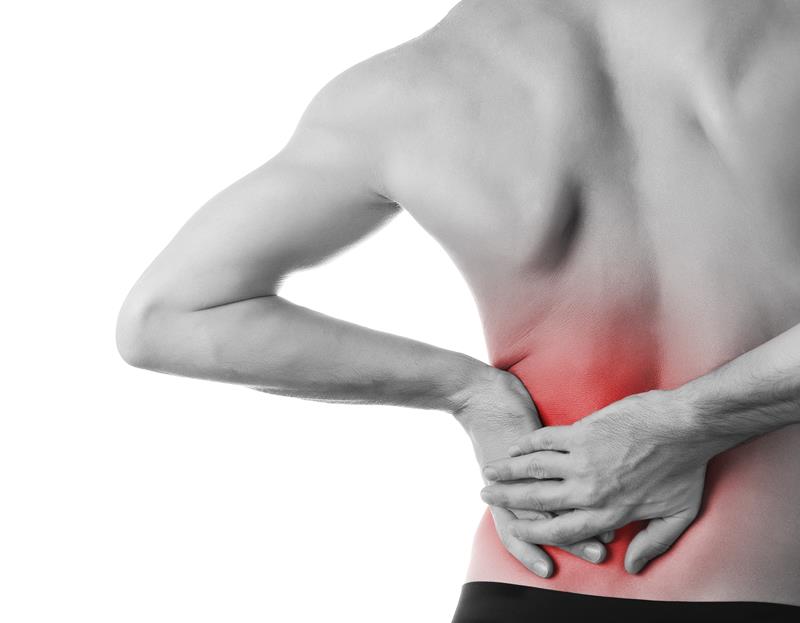Spinal stenosis, a condition characterized by the narrowing of the spaces within the spine, can place pressure on the spinal cord and the nerves traveling through the spine. This condition often leads to symptoms such as pain, numbness, and difficulty with movement. Understanding treatment expectations for spinal stenosis is key for developing an effective management plan. Here is an overview of common treatments and what to anticipate with each approach:
Understanding Non-Surgical Treatments
For many individuals, medical professionals recommend starting with non-surgical approaches to manage spinal stenosis. These methods focus on reducing symptoms and improving quality of life without the need for invasive procedures.
- Physical Therapy: Physical therapy plays a key role in managing symptoms. Tailored exercises improve flexibility, strengthen supporting muscles, and enhance balance. Therapists often create exercise plans that focus on stretching tight muscles and improving posture to alleviate strain on the spine.
- Medications: Over-the-counter and prescription medications are commonly used to address pain and inflammation caused by spinal stenosis. Nonsteroidal anti-inflammatory drugs (NSAIDs) like ibuprofen or naproxen are frequently recommended to reduce swelling. For severe pain, doctors might prescribe muscle relaxants or short-term use of corticosteroids.
- Epidural Steroid Injections: For persistent or severe pain, epidural steroid injections may provide relief. During this procedure, a healthcare provider injects a corticosteroid into the epidural space surrounding the spinal nerves.
Exploring Surgical Interventions
When non-surgical treatments do not provide sufficient relief or symptoms worsen significantly, surgical options may be necessary. Surgery aims to address the structural issues causing spinal stenosis. These include:
- Decompression Procedures: Decompression surgery, such as a laminectomy, removes excess bone, tissue, or ligaments pressing on nerves or the spinal cord. By creating more space within the spinal canal, this procedure helps reduce nerve compression and associated symptoms.
- Spinal Fusion: Some cases of spinal stenosis require a spinal fusion procedure, which stabilizes the spine by fusing two or more vertebrae. This is often performed when it is accompanied by conditions such as severe arthritis or instability of the spine.
- Minimally Invasive Techniques: Advances in surgical technology allow for minimally invasive spine surgeries, which involve smaller incisions and reduced recovery times compared to traditional open surgery. These techniques can achieve the same goals as traditional surgeries while lowering risks and facilitating faster healing.
Individuals undergoing surgical interventions may experience some initial discomfort during recovery, but often notice significant improvement in symptoms once the healing process is complete.
Managing Long-Term Health
Successfully managing spinal stenosis often involves making lifestyle changes and implementing ongoing symptom management strategies to maintain mobility and reduce discomfort over time. Engaging in low-impact exercises such as swimming, walking, or cycling is particularly beneficial for spinal health. It avoids excessive strain on the back while improving flexibility and reducing stiffness, which can help lessen symptoms.
Proper ergonomic adjustments at work and home also play a key role in preventing unnecessary strain on the spine. Using chairs with sufficient lumbar support and positioning computer screens at eye level can help maintain a neutral spinal position. Maintaining a healthy weight is key for reducing pressure on the spine, and guidance from nutritionists or healthcare providers can help individuals follow dietary practices that promote overall wellness.
Learn More About Spinal Stenosis
These treatment options vary depending on the severity of symptoms and individual healthcare needs. Non-surgical approaches involving physical therapy, medications, and injections often provide relief for many people. For more severe cases, surgical options can effectively address the underlying causes of symptoms while leading to long-term improvement. Incorporating lifestyle changes helps enhance treatment outcomes and contributes to overall spinal health.









Leave a Reply